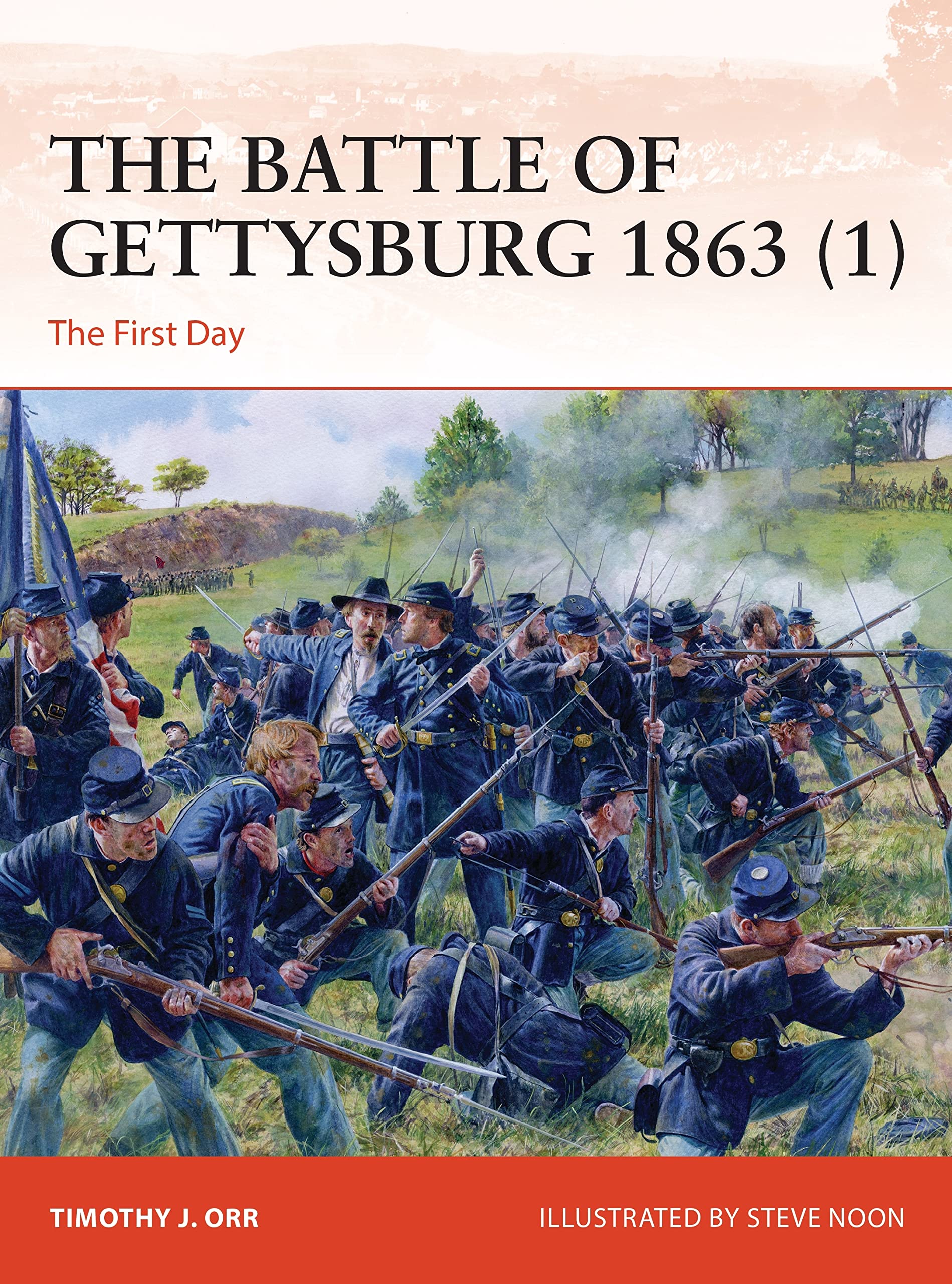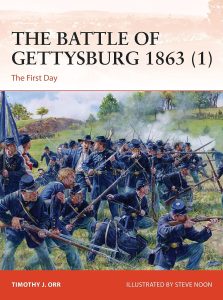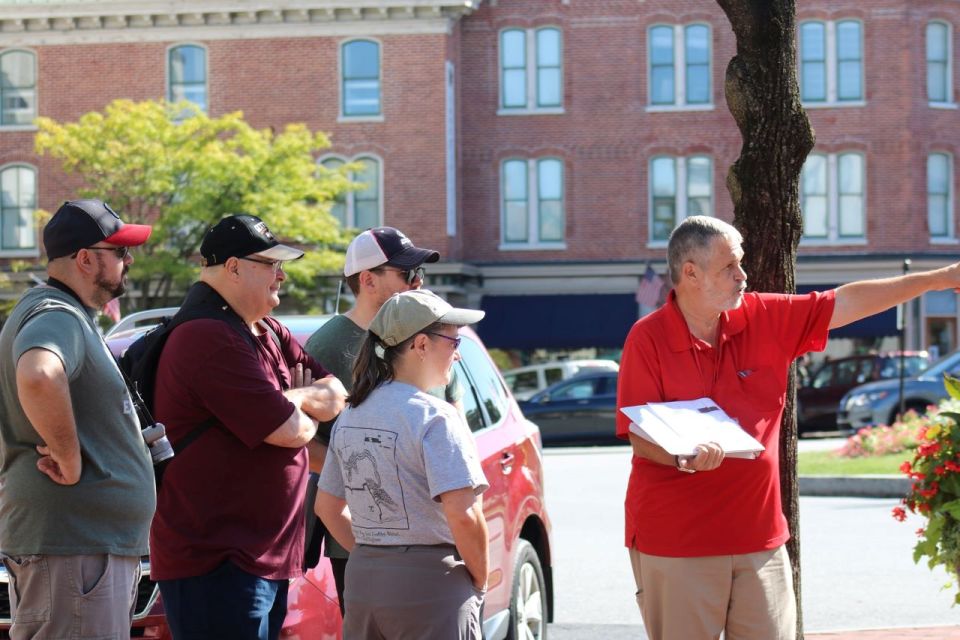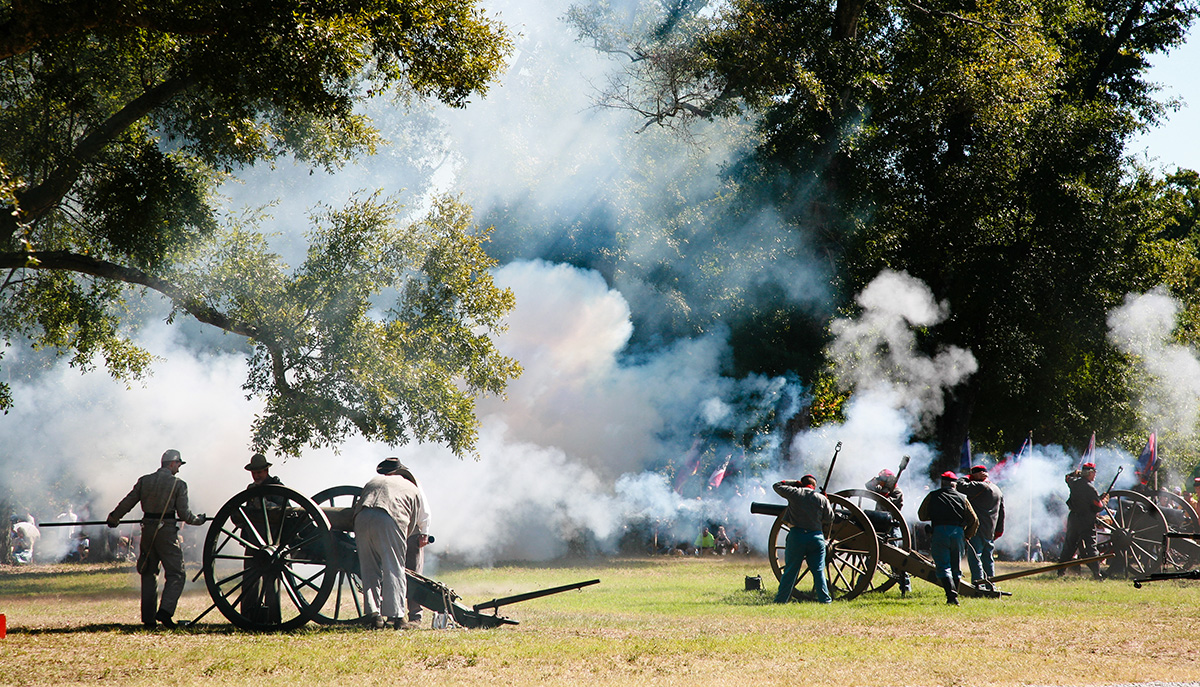Book Review–Battle of Gettysburg Timothy J. Orr

 Orr, Timothy J. and Illustrated by Steve Noon. The Battle of Gettysburg 1863 (1) The
Orr, Timothy J. and Illustrated by Steve Noon. The Battle of Gettysburg 1863 (1) The
First Day. New York: Osprey Publishing, 2022. ISBN 9781472848499, $24.00. 96
pages, color and b/w images, maps, index, bibliographyy
 Orr, Timothy J. and Illustrated by Steve Noon. The Battle of Gettysburg 1863 (2) The
Orr, Timothy J. and Illustrated by Steve Noon. The Battle of Gettysburg 1863 (2) The
Second Day. New York: Osprey Publishing, 2023. ISBN 9781472854643, $25.00.
96 pages, color and b/w images, maps, index, bibliography.
The Third Day volume will be following, most likely in early 2024.
The Osprey Campaign series should be familiar to readers of military history.
These books follow a template format that has proven successful. The books come
in at 96 pages and include a significant number of illustrations. While maps are
included it’s hard to say that a military history book can ever have enough maps.
For these titles, however, space is at a premium in order to include as much content
as possible.
The First Day covers events and actions on July 1, 1863, as would be expected.
Author Timothy J. Orr also includes helpful background material including a
chapter titled “The Invasion of Pennsylvania.” This chapter, coupled with brief
chapters on the opposing commanders, opposing armies, and opposing plans, help
orient readers into the complex actions set to occur throughout the first days of
July.
The meat of The First Day is of course the action on the field. In one long chapter,
broken up with chapter sub-headings, Orr concisely discusses actions at Oak Ridge,
McPherson’s Ridge, Seminary Ridge, the Union retreat, Cemetery Hill, and the
actions after nightfall.
In volume two, The Second Day, Orr follows a similar blueprint with a single, long
chapter covering actions at Hunterstown and Benner’s Hill, Little Round Top,
Devil’s Den, the Rose Wheat Field, the “Valley of Death,”, the Peach Orchard,
Cemetery Ridge, Culp’s Hill, and Cemetery Hill. A brief separate chapter covers
nightfall actions.
I have a few observations on this series. The first, as previously mentioned, is the
need for as many maps as possible. For a new student of the battle, being able to
accurately place troops, along with understanding the topography, is crucial. I
would recommend picking up a copy of The Maps of Gettysburg, from the
excellent historian Bradley Gottfried or a copy of Gettysburg Campaign Atlas, a
very convenient, spiral bound book by Phillip Laino. These sources will prove
invaluable in understanding the battle and supplement the maps included in the
books.
The 3D depiction maps created by Steve Noon are quite nice. The problem being,
due to their size, they spread over two pages and the binding breaks them up.
These maps include a nice breakdown of events being shown, including legends
allowing readers to locate where a specific regiment is located. The 3D effect helps
show woods and tree locations and helps viewers understand the terrain facing
soldiers.
Other maps included in these volumes are perhaps more familiar to those interested
in the Civil War. They have the appearance of the maps produced by the American
Battlefield Trust.
Both volumes contain an Order of Battle. These listings showing command
structure from Corps, to Division, to Brigade, and then listings of regiments in a
brigade, are extremely useful. These Orders can be a lifesaver in trying to
understand who was sent into battle along with where and who they are fighting
with and against. Bravo to Orr and Osprey for including this information.
A final observation is that these volumes are a perfect gateway for readers new to
the battle. There isn’t new ground being covered here and I didn’t finish feeling
there were new interpretations or material being presented. There is no problem
with that and that’s not what these books are for. With fighting as complex as the
three-day battle (not including the advance and retreat) was, for a new reader it can
be easy to be overwhelmed when picking up Coddington, Sears, or Trudeau. There
are publishers out there making a living off Gettysburg “micro-histories,” aimed at
covering every inch of battlefield, every brigade, if not regiment, and every officer where enough material can be
located.
Because the format of the Campaigns series is fixed, these books allow for enough
detail to be valuable to new readers while the bibliographies provide an excellent
listing of materials for those seeking additional detail and information.
Thank you to Osprey Publishing for providing complimentary review copies of
both books.
If you would like to read more of my book reviews, please use THIS LINK to find them.
This post may contain affiliate links. If you click these links and
make a purchase, I may receive a small commission. This
commission does not affect any price that you pay. All views and
opinions provided are my own and are never influenced by affiliate
programs or sponsors providing products.















 Create your dream travel escape, or relive your adventures with beautiful push pin maps from
Create your dream travel escape, or relive your adventures with beautiful push pin maps from